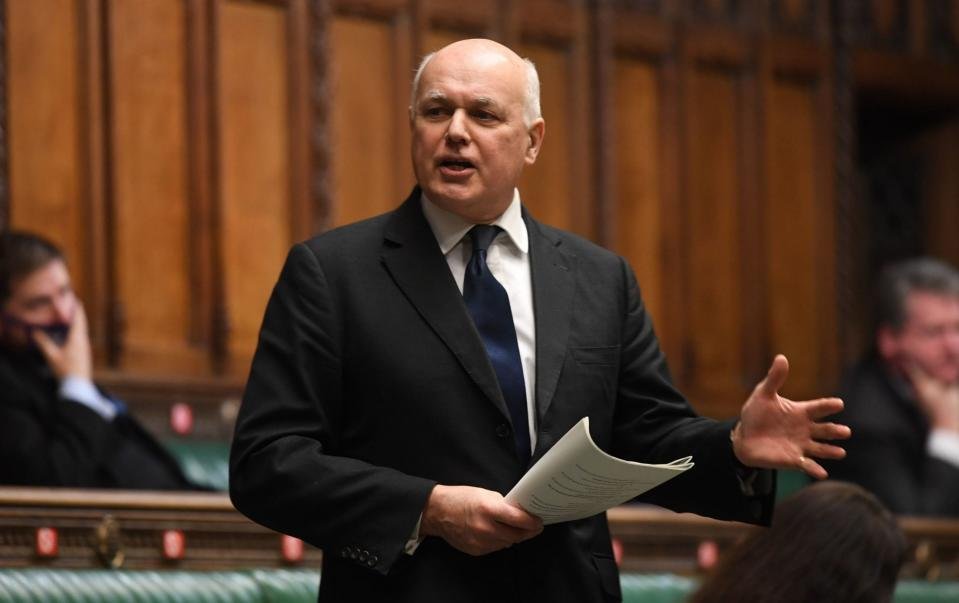

There is a great deal of talk about the state pension in the run-up to July’s general election.
Rightly so, the state pension is a very large slice of government spending, and whether there is the triple lock or triple lock plus is the stuff that political debate is made of.
The Office for Budget Responsibility estimates that the Government spent £125bn (4.6pc GDP) on the state pension in 2023 to 2024 – the second highest single spending category after the NHS.
But no political leader has yet mentioned the elephant in the room – public sector pensions.
Just to be clear what these are – they are the occupational pensions that public servants receive when they retire. They include NHS workers, teachers, military personnel, civil servants and police.
The unique thing about these pensions is that while they are built up by contributions from both employer and employee over their time in public service, the money that was paid in has been spent. No pension fund exists, and has never existed.
Governments of all persuasions have been happy to take the money paid by workers and their employers for their pensions, and spend it. These are therefore what are called “unfunded” pensions.
What this means is that there is a huge commitment that the Government has made to its former employees that is a legal obligation (unlike the state pension), and hence cannot be reneged on.
Public sector pensions are fully index-linked with no cap to their earnings while the worker is still employed, and linked to prices once he or she retires.

Economists have, over the years, calculated the size of the obligation these public sector pensions impose on the Government; the latest (2022) official figure is £2,600bn. Neither politicians nor the electorate have been able to wrestle these huge figures into perspective, and so both have been happy to let sleeping dogs lie.
But these pensions are by far the most generous available in the UK, some up to five times more valuable to employees than the equivalent in the private sector.
The “pension apartheid” that this generosity is creating will be a visible feature of the second half of the century as it becomes clear how well-off public sector pensioners are compared to their private sector cousins.
In the most recent financial year, the Government spent £49bn on public sector pensions.
To get to grips with the huge future sums involved, I have conducted an analysis so far not published anywhere else.
I have taken the Government’s current expenditure and its known commitments, and used the same financial model that the Government uses, along with mortality tables from the Office for National Statistics, to calculate the cash amounts that the Government will be legally forced to spend if there are no further pension commitments made from today.
The analysis shows that (assuming CPI inflation of 2pc per annum. and salary rises of 1pc over inflation), public sector pension payments peak in 2059 at £112bn, and only start falling thereafter as the death rate of older pensioners exceeds the volume of new retirees.
Note that if the current public sector pension system continues as is, there will be no fall in cost from 2059 – it will just keep rising.
Public sector workers account for about 20pc of the UK workforce. In some sectors, particularly in high-skill areas like healthcare and teaching, they are arguably underpaid. In some narrow specialities – like doctors in hospital medicine – they are both clearly underpaid and overworked.
For these workers to suffer relative poverty while working, and yet receive very generous pensions once they retire, is a very inefficient HR policy, let alone a huge fiscal headache for the country.
Critics have described public sector pensions as a “Ponzi Scheme”.
Although there is no illegal deception involved, the essential elements are there. Those who paid contributions in the past saw their money spent, and their pensions are now being paid by workers making contributions for what they believe is their own future pensions.
When the music stops – i.e. when the Government closes these over-generous schemes – the poor taxpayer, mostly not in receipt of these generous pensions, is going to have to keep paying, and will get nothing back.
The design of these pensions, and more particularly the refusal of generations of politicians to reform them, is a stain on the character of our elected politicians and the civil servants who advise them.
But whenever political decisions are made (or avoided), it is always worth asking “who benefits”, and “who loses”?
Civil servants, who dominate the agenda of the highly contentious question of their pension design, are heavily conflicted. They stand to benefit if the system stays in place, and lose out if it is reformed.
They are not personally affected if future taxpayers are impoverished by their generous pensions; they simply need the system to survive until they retire.
This egregious conflict of interest lies at the heart of this failure of good government, and should never have been allowed to arise or continue.
To eliminate this conflict, civil servants must be taken out of the decision-making process, and have reform conducted by independent pension experts familiar with both public and private sector systems.
In the meantime, every year that passes with heads buried in the sand is another year in which future taxpayers’ incomes are mortgaged.

EMEA Tribune is not involved in this news article, it is taken from our partners and or from the News Agencies. Copyright and Credit go to the News Agencies, email news@emeatribune.com Follow our WhatsApp verified Channel









